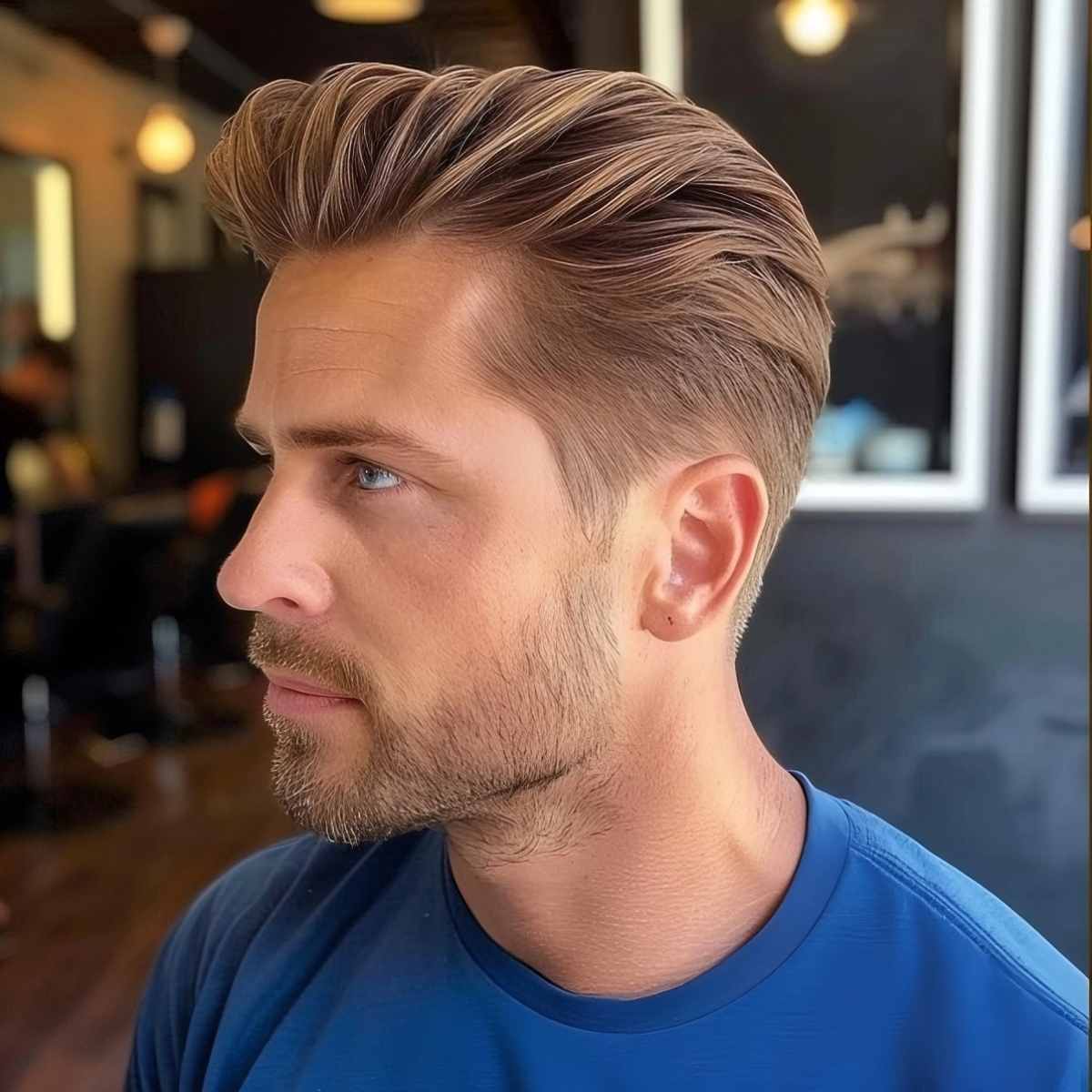Essential Hygiene Protocols Every Barber Must Steer Clear of for Maximum Client Protection
Upholding adequate sanitation is essential in all profession which involves personal contact among clients, particularly in the barbering industry. Hairdressers play an important part in helping people appear and feel the best, but this responsibility entails alongside the need for rigorous hygiene practices. In the interest of the well-being of clients and stylists alike, there are numerous essential hygiene measures that should be avoided. Understanding these practices can assist ensure a sanitary and safe setting in barber shops.One of the common frequent sanitation errors barbers should avoid is the recycling of personal grooming tools without proper cleaning. Tools such as shears, clippers, and combs can harbor germs and pathogens if they are not sterilized after every use. Stylists should always disinfect their instruments with appropriate cleaners or wipes after clients. Failing to do so could result to the transmission of infections, which can have grave consequences for clients. Creating a schedule for sanitizing and sanitizing tools is not just a recommended protocol; it is a necessary part of maintaining a safe operational setting.
Another practice to prevent is overlooking to wash hands regularly. Stylists engage with multiple clients in a single-day day, and their skin can easily accumulate germs and site here pathogens. It is crucial for barbers to wash their skin thoroughly with detergent and liquid prior to and after each client. Additionally, using skin sanitizer can be an effective method to additionally reduce the spread of pathogens. Neglecting this step can endanger customer safety and may result in diseases or ailments that could have been easily prevented.

Adequate sanitation of the barbershop environment is also vital. Barbers should avoid ignoring surfaces that are often handled, such as seats, work surfaces, and lounge area chairs. These surfaces should be cleaned and sanitized regularly to minimize the risk of contamination. Creating a disinfection schedule can assist barbers copyright a hygienic setting. This protocol not only protects clients but also enhances the general atmosphere, allowing customers feel more at ease and appreciated.
Additionally, stylists should avoid utilizing products that have not been stored or managed correctly. Cosmetic products such as gels, sprays, and oils can turn contaminated if they are kept unsealed or incorrectly kept. It is crucial for barbers to check use-by labels and to keep items in a chilly, dry place. Discarding any expired or questionable items is vital to ensure client safety. Using tainted products can lead to skin irritations or hypersensitivity reactions, which can tarnish a barber's credibility and injure clients.
To conclude, barbers have a duty to maintain high levels of sanitation to guarantee the well-being and well-being of their customers. By avoiding the reuse of unsterilized instruments, neglecting handwashing, overlooking environmental cleanliness, and utilizing improperly stored products, barbers can create a secure and inviting atmosphere. Understanding and implementing these critical sanitary protocols not only safeguards customers from diseases but also cultivates navigate here confidence and loyalty. A sanitary barber shop is a successful barbershop, in which both stylists and clients can experience confident and safe.